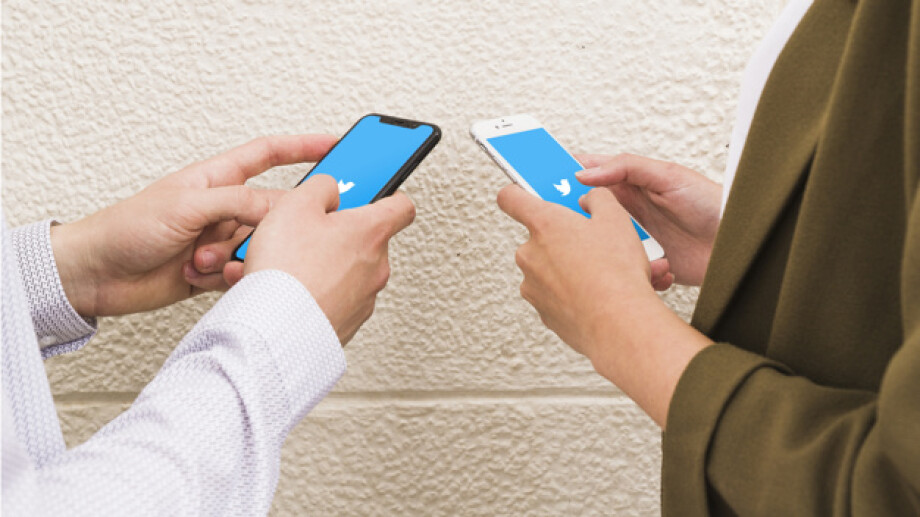Social networks have already become a part of our everyday life. We use them for chatting, sharing news, telling stories and listening to music. Why not use them in educational needs then?
A lot of teachers integrate the usage of Facebook*, Vkontakte and, of course, Instagram* into their syllabus. But they sometimes forget about Twitter, supposing it to be too simple for using as an educational tool. Let me prove to you that it’s wrong.
Why to use Twitter?
Twitter which is popular among over 300 million users is a huge source of knowledge and a great opportunity for collaboration for you as a teacher. Moreover, Twitter is an excellent tool for improving writing skills of your students. You may use it both during your lessons (reading skills are also being improved in this case) and as a homework. What’s more, Twitter can help those who likes writing a lot to learn how to express themselves briefly. It’s useful while taking exams because the amount of words on writing tasks is always limited. Twitter teaches to write laconic texts.
How to use Twitter?
Idea 1
Firstly, your students can create a special account (something like a virtual diary) and write short tweets about their everyday routine. They may also write about their achievements and unusual events that happen. Writing a diary is a nice chance to practice a full range of grammar usage starting from the Present Simple (daily chores) up to the reported speech (storytelling). One day it will become a habit and lots of writing mistakes will finally disappear.
Idea 2
Secondly, your students can comment on other people’s posts. That’s another skill which is really useful nowadays. We’re not just passive readers, remember, we are active human beings who want to be heard. Hopefully, the Internet gives us such an opportunity. Comments are informal, and that’s what the majority of students want — to learn how to communicate not in a formal way. Commenting usually requires an excellent knowledge of Spoken English and slang. Knowledge comes when you practice. There is no other way. What can students comment on there? Everything. Whatever they are interested in: news about their countries, the world, their professional spheres or anything which seems interesting and important. Perhaps your students will also find some pages that post tweets about things they’re passionate about. Just tell them to use hashtags (e.g. #design).
Idea 3
Direct messages can be also useful if a student wants to chat with native speakers, to find new friends and learn more about their cultures.
Idea 4
You can use Twitter as a mean of communication with your students outside the classroom. Tweet about upcoming due dates, tests, quizzes, reminders or assignments. Encourage students to write comments and questions to your feeds.
Idea 5
Do you discuss current affairs with your students? Twitter helps to provide the class with a running news feed. Subscribe to different mainstream and independent news feeds with different biases as a way to compare and contrast how different perspectives interpret current events and issues. Again, let students retweet, write comments to express their attitude to that news.
There are many different ways of Twitter application in the classroom to establish a nurturing classroom for students of all ages.






 Вероника Аветисян
Вероника Аветисян 
 Маргарита Аветисян
Маргарита Аветисян 


